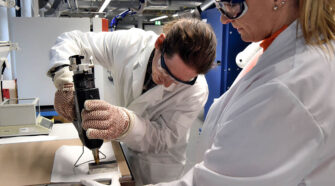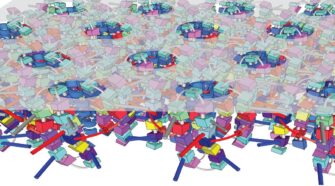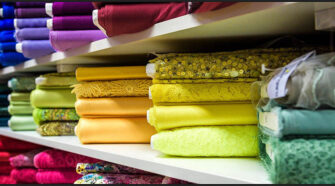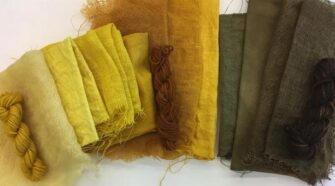Technologies

Coatings: Biopolymers from Bacteria Protect Technical Textiles
Textiles for technical applications often derive their special function via the application of coatings. This way, textiles become, for example, wind and waterproof or more resistant to abrasion. Usually, petroleum-based …

Conductive Textiles
Development of Electrically Conductive Polyester Yarn by Surface Modification for Smart and Technical Textiles Until textiles take their place in our lives, it involves many complex and long processes such …

The Age of Atomically Precise Manufacturing
Talking Nanotechnology with David Forrest David Forrest was one of – if not the very first – to draw attention to the potential for nanotechnology in textiles in a presentation …

Eco-Dyes are on the Rise
Coloration Leaders Committed to Sustainable Change Many new companies are suddenly gaining traction in the development of sustainable new dyes and finishing treatments, as outlined by Geoff Fisher in his …

Natural Cures to Coloration Ails
Bio-based Dyes Fueling Vibrant Change to Produce Natural Colors Following the shift from plant and animal-derived dyes to synthetic ones, there is now a growing appetite for non-toxic, bio-based dyes …

